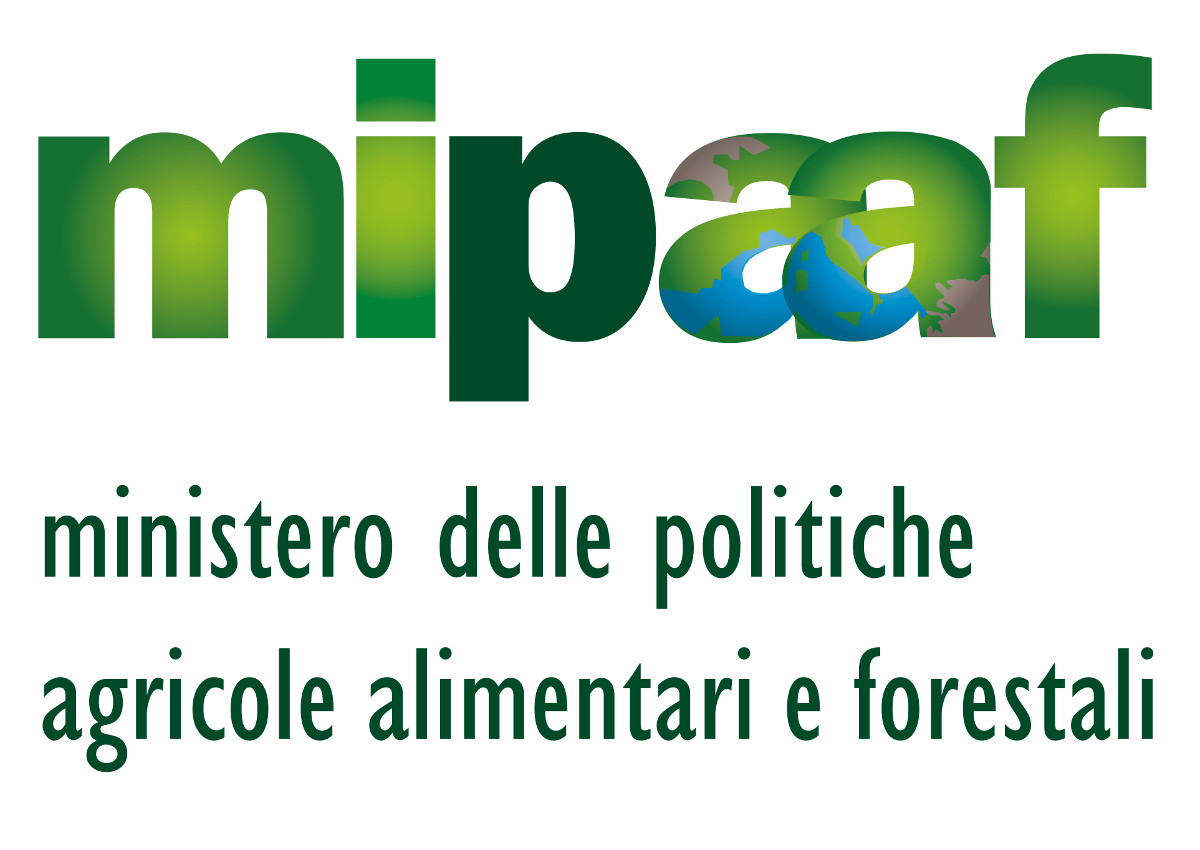
The obligation to indicate the origin of wheat – for durum wheat semolina pasta, rice, and tomatoes in processed products will be extended to 31 December 2021. The Italian Ministers of Agriculture, Teresa Bellanova, and Economic Development, Stefano Patuanelli, signed the ministerial decree extending the mandatory labelling in force beyond 1 April – when the European Regulation came into force.
“Italy – the two Ministers said – remains at the forefront in Europe for the transparency of consumer information on labels. We cannot think of taking backwards steps on this matter, and for this reason we have decided to go forward. We give certainties to companies in three key sectors for the Italian food industry. We also ask Europe to make courageous choices within the Green Deal and the ‘Farm to Fork’ strategy, introducing the obligation to indicate the raw materials origin for all foods”.

WHAT CONSUMERS CAN FIND ON ITALIAN LABELS
Wheat/Pasta
Packs of dried pasta produced in Italy must be labelled with the following indications:
- Name of the country in which the wheat is grown;
- Name of the country where the wheat is milled;
- If these stages take place in the territory of more than one country, the following indications may be used, depending on the origin: ‘EU countries’, ‘NON-EU countries’, ‘EU and NON-EU countries’;
- If at least 50% of the durum wheat is grown in a single country, such as Italy, the following wording may be used: ‘Italy and other EU and/or non-EU countries’.
Click here to discover the authentic Italian pasta on italianfood.net platform
Rice
As for rice packs, the labelling must be made as follows:
- Country where the rice is grown;
- Country of processing;
- Country of packaging;
- If the three stages take place in the same country, the words ‘Origin of the rice: Italy’ may be used;
- If these stages take place in the territory of more than one country, the following wording can be used, depending on the origin: ‘EU countries’, ‘NON-EU countries’, ‘EU and NON-EU countries’.
Click here to find the authentic rice products on Italianfood.net platform
Tomato based products
Packages of tomato by-products and red sauces produced in Italy must be labelled with the following indications:
- Country where the tomato is grown: name of the country in which the tomato is grown;
- Country of processing of the tomato: name of the country where the tomato has been processed;
- If these steps take place in the territory of more than one country, the following indications may be used, depending on the origin: ‘EU countries’, ‘NON-EU countries’, ‘EU and NON-EU countries’;
- If all the operations take place in Italy, the wording ‘Origin of the tomato: Italy’ can be used.
Click here to discover the authentic Italian tomato based products on Italianfood.net platform
HOW TO PLACE THE MANDATORY LABELLING
The origin marking must be placed on the label in a prominent place and in the same field of vision so as to be easily recognisable, clearly legible and indelible.
